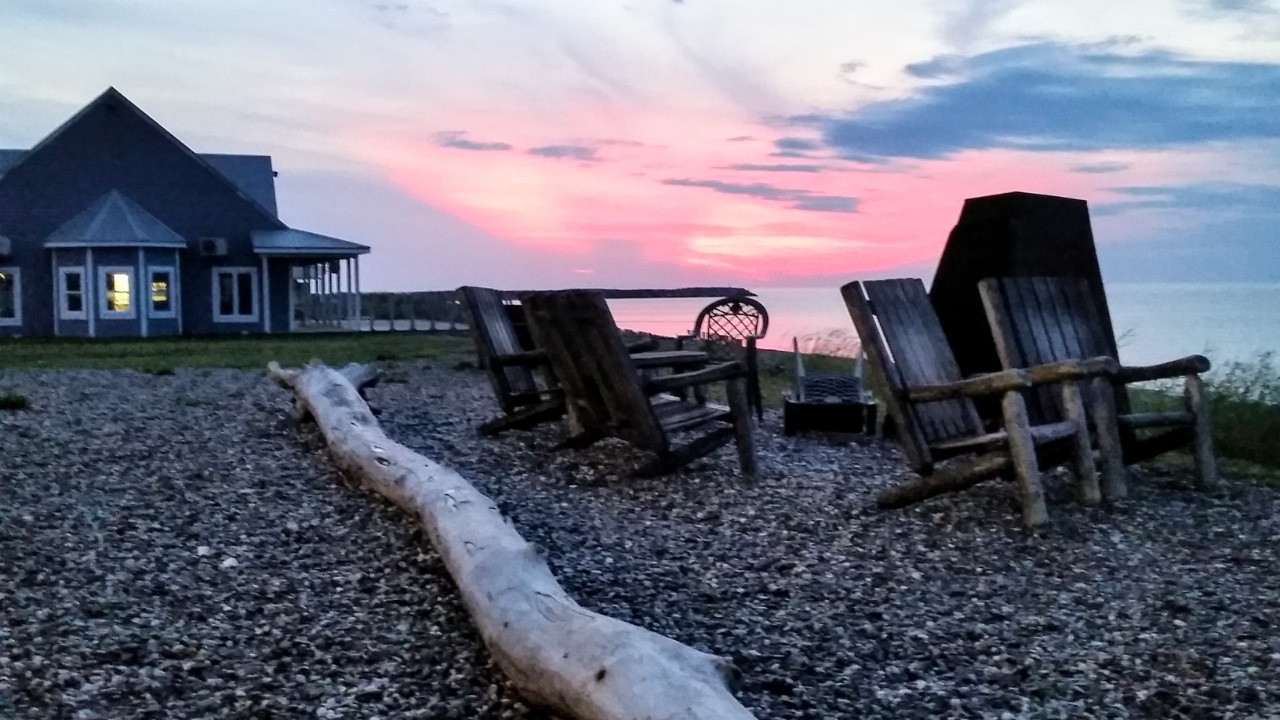1. Quebec is both a city and a province
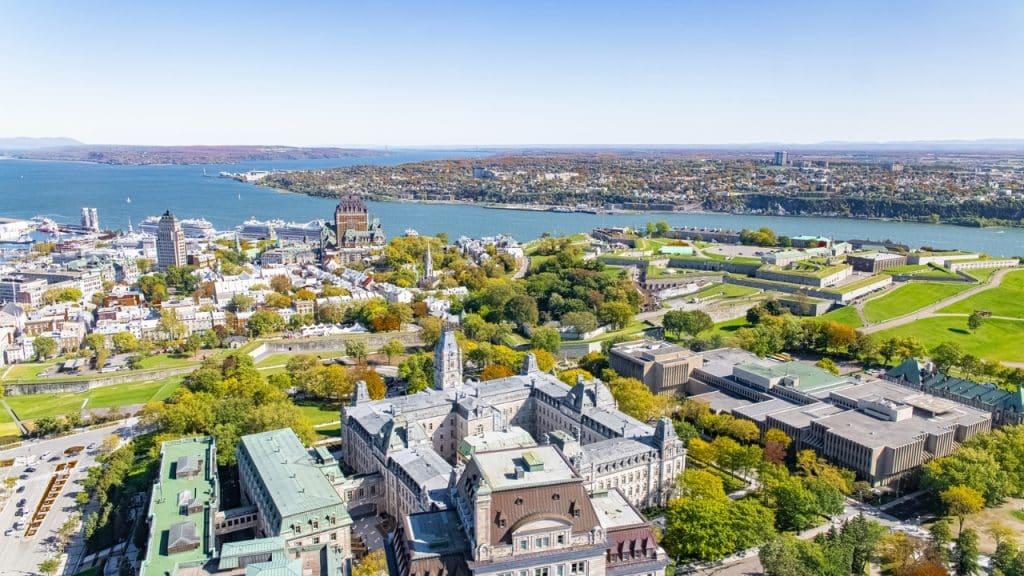
Canada is divided into ten provinces and three territories, with Quebec being the largest province in Canada. Travelers to Quebec may get confused because Quebec is both a city – the capital, to be precise- for the province of the same name. So you may find yourself visiting and falling in love with Quebec, Quebec. In 2023, Quebec City celebrated its 415th anniversary, and there will be plenty to celebrate from French Canadian culture, food, and the arts.
2. Most Photographed Hotel in the World
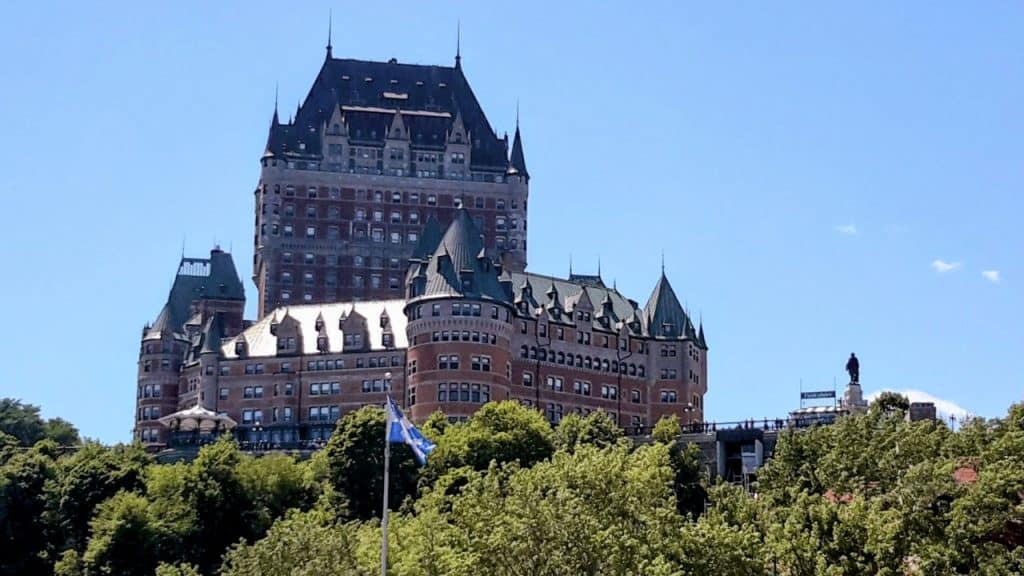
Did you know that the Fairmont Chateau Frontenac is said to be the most photographed hotel in the world? The iconic Fairmont Château Frontenac in Quebec City, built between 1892 and 1893 by the Canadian Pacific Railway Company, sits proudly atop Cape Diamond and Dufferin Terrace. Inspired by France’s Loire Valley châteaux, it offers stunning panoramic views of the St. Lawrence River and the old port below. This historic landmark, nestled within Old Quebec’s UNESCO World Heritage Site and part of the fortification surrounding the old city, epitomizes elegance and luxury, drawing visitors worldwide with its timeless beauty.
3. Quebec Winter Carnival is unique to North America
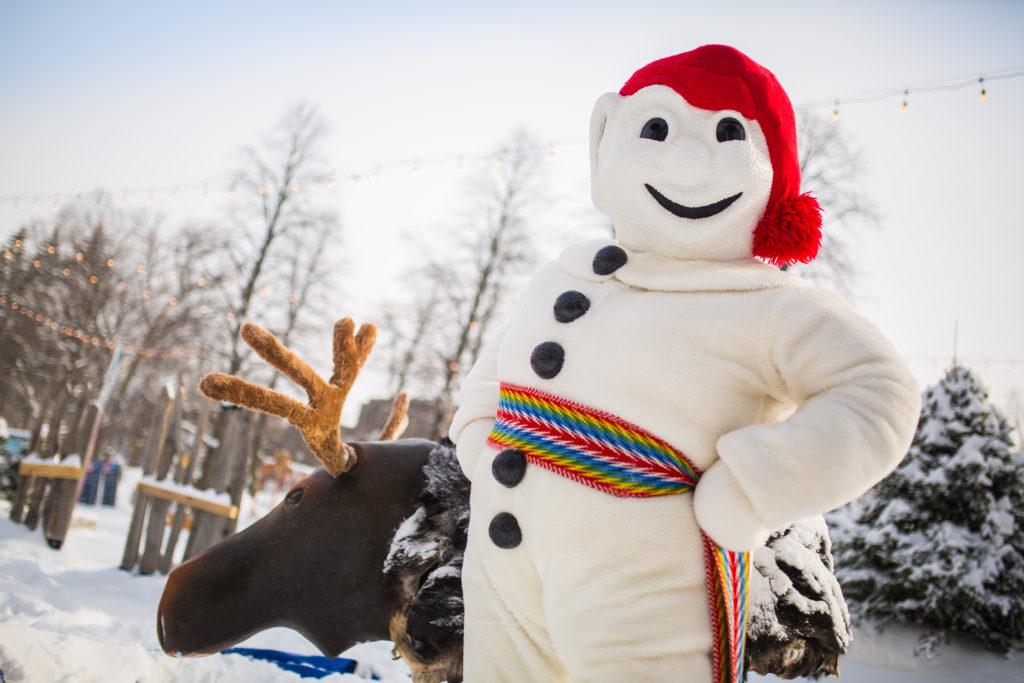
The largest winter carnival in the world is held in Quebec City. Quebec Winter Carnival (Carnaval de Québec) lights up Quebec City from late January to mid-February. Imagine 18 days of pure magic, where the cityscape transforms into a winter wonderland, buzzing with concerts, chilling canoe races, thrilling sledding adventures, breathtaking ice sculptures, and a sparkly display of lights. Let’s not forget the nighttime parades that add a touch of enchantment, captivating everyone, from the little ones to the young at heart.
4. Festival d’été de Québec is the best kept secret
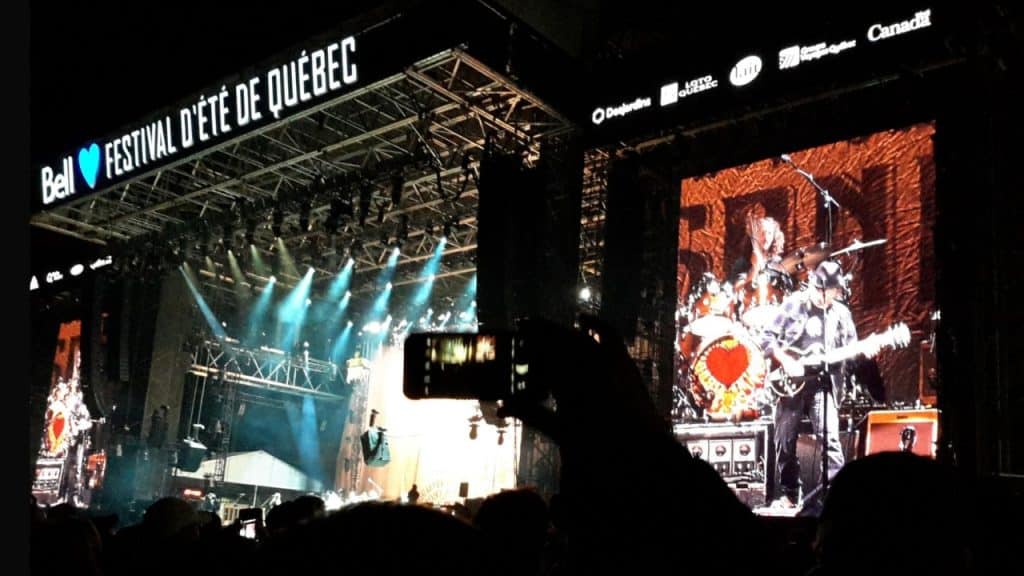
Celebrating over 50 years of hosting musical acts from all over the world but focusing on French-Canadian acts, the summer concert Festival d’été de Québec (FEAQ) continues to grow and is one of the cheapest tickets in town to see a lot of really big names (and I mean big). Headliners who have played FEQ include Kendrick Lemar, Foo Fighters, The Weeknd, Shawn Mendes, Maroon 5, Elton John, Lady Gaga, Sting, and Peter Gabriel. The largest audience was in 2015, when approximately 102,000 people saw the Rolling Stones. The FEQ 2024 lineup includes Post Malone, 50 Cent, The Jonas Brothers, and Nickelback.
Over one million people attend this 11-day festival in July. The cost of the festival pass covers the large outdoor mainstage and other smaller but still substantial outdoor stages throughout the downtown core. Held on the historic Plains of Abraham, this truly is the best-kept secret in music festivals in North America.
5. No Right-on-Red in MTL and other Road Rules

On the island of Montreal, it is ‘interdit’ (not permitted) to turn right on a red light. This is important to know because, as North Americans, we are used to this traffic rule. In Quebec City (downtown core), I recently noticed many more signs prohibiting right turns on red lights. If you are driving, be sure to proceed with caution and pay attention to the signs.
Also, note that a flashing green light is the same as a left-hand arrow. When the green light flashes or a green arrow appears, you have the right of way to turn left. The vehicles on the other side of the intersection are not allowed to move forward since their light is red.
6. Montreal is famous for these three foods
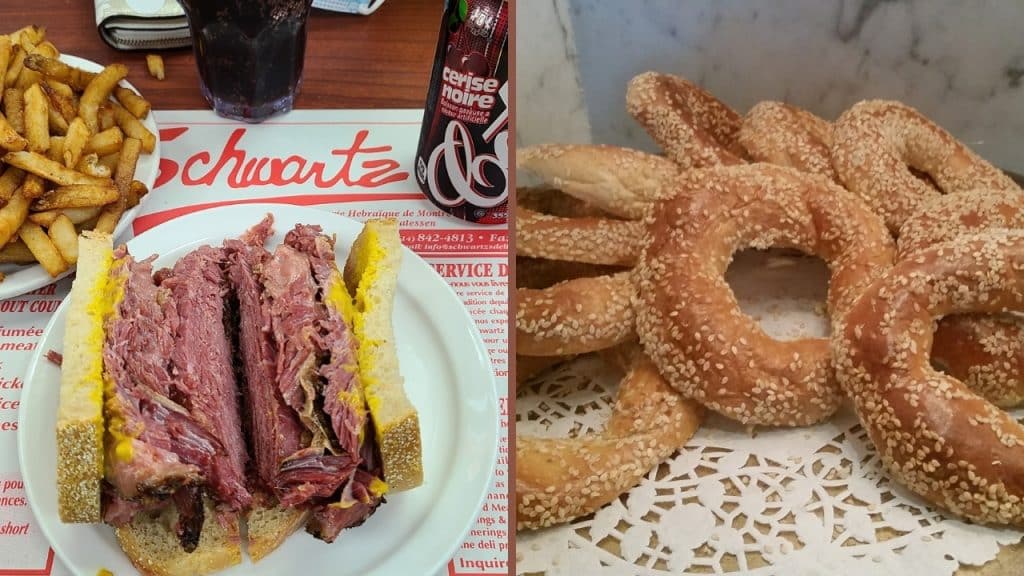
If you have ever had a fresh bagel at three am (after you’ve closed down the bars), stood in line for an hour to get into Schwartz’s for smoked meat, eaten poutine (a marvelous marriage of French fries, cheese curds, and gravy), you will have lived a true Montreal experience. That being said, Montreal has a much higher number of restaurants per capita than other Canadian cities. Pick your favorite food, and you will find it there. The province of Quebec (as opposed to just the city) has award-winning cheeses, ice wines, and maple syrup.
7. Legal Drinking Age
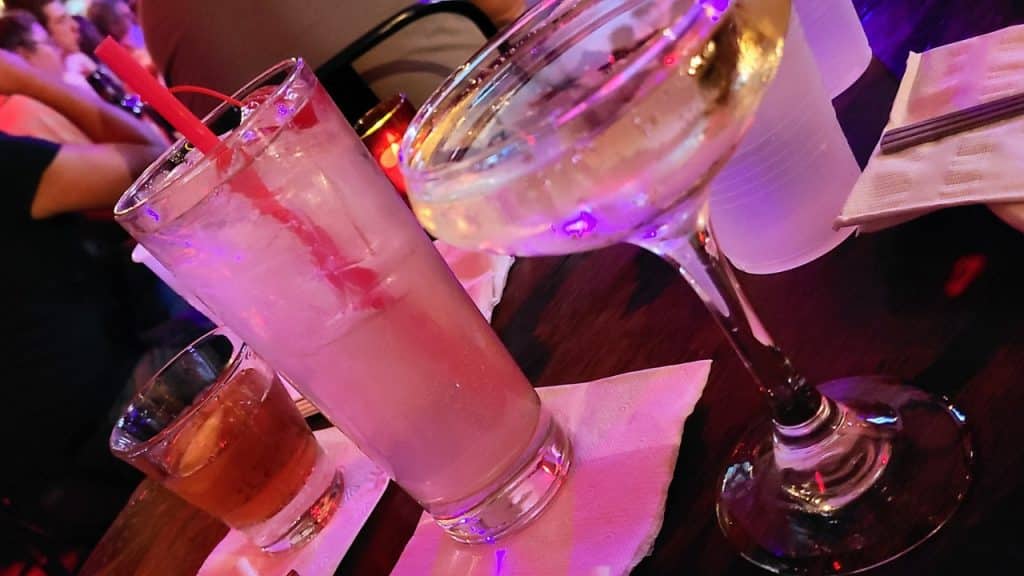
It may surprise you, but the legal drinking age in Quebec is the lowest in Canada. It is 18 as opposed to 19 in the other provinces and territories. There is still zero tolerance for drinking and driving (which comes with getting your car impounded, your license suspended, heavy fines, and possible jail time). Taxis and Uber are available in all major cities.
Contrary to other Canadian provinces, beer, and wine can be bought in convenience (depanneur or dep) stores, grocery stores, and even some Costcos. Liquor and most wines are available only through the province’s liquor corporation, the SAQ (Société des alcools du Québec).
8. Outside of Montreal, English is limited
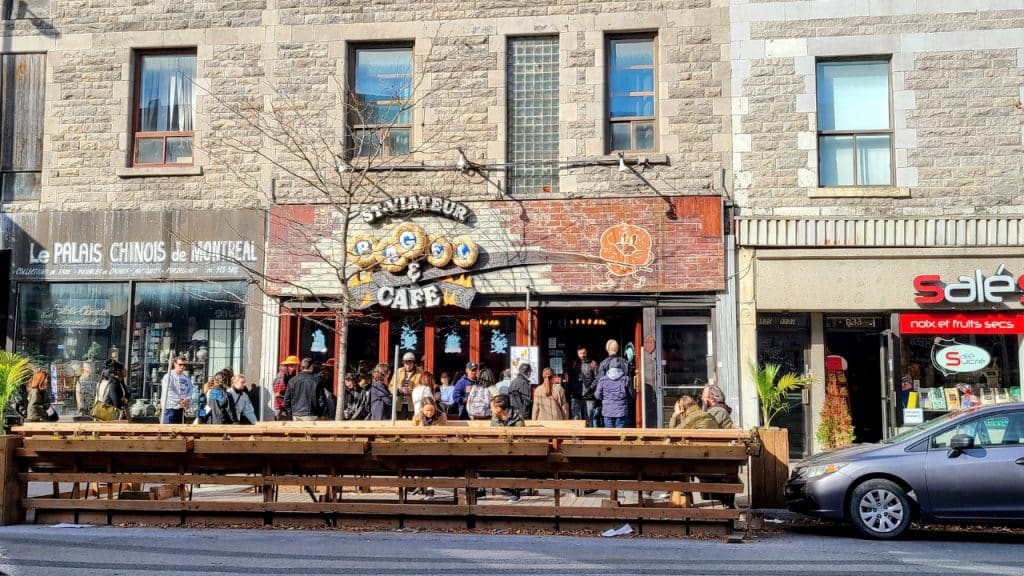
All public signs (including storefronts) use French-only verbiage. Restaurants may have bilingual and unilingual menus, but you can always ask servers (or Google Translate) for help. You will find multilingual personnel in large tourism areas who can help you. The service industry (attractions, hotels, visitor centers) in high-tourism areas are used to having visitors from all over the world.
In a province where 94.5% speak French (50% only French and 44.5% French & English), the language barrier may be challenging but not insurmountable. In the financial center of the province, Montreal, you will frequently hear conversations in both languages simultaneously. Many people will switch from one language to the other with ease. In other prominent cities like Quebec City, Rimouski, or Sherbrooke, you are less likely to hear English spoken regularly – but you will find someone to help you out if you are lost.
9. The Appalachian Mountains occupy the southern portion of Quebec
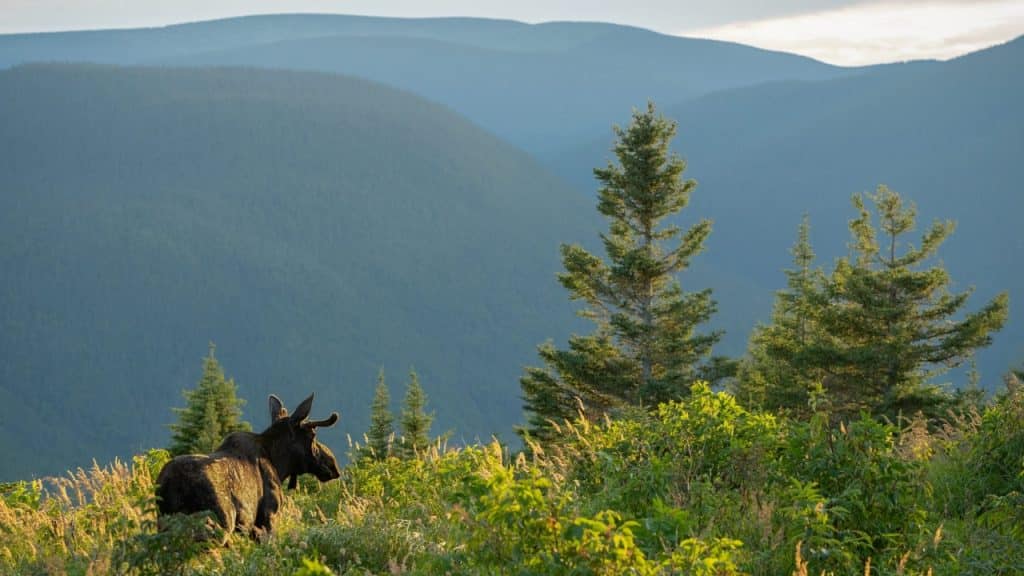
Travelers to Quebec may be surprised to know that the Appalachian Mountains reach all the way up into the Quebec Maritime region of Quebec. Running through the Gaspe Peninsula, the Chic-Choc Mountains and Notre Dame Range meet up with the Green Mountains of Vermont.
Located in Quebec Maritime, the Gaspe Peninsula has over 3,000 km (1,900 miles) of coastline, covers a vast territory of 280,000 km2 (108,000 sq. mi.), and includes ten national and provincial parks.
10. Hydroelectricity to the USA
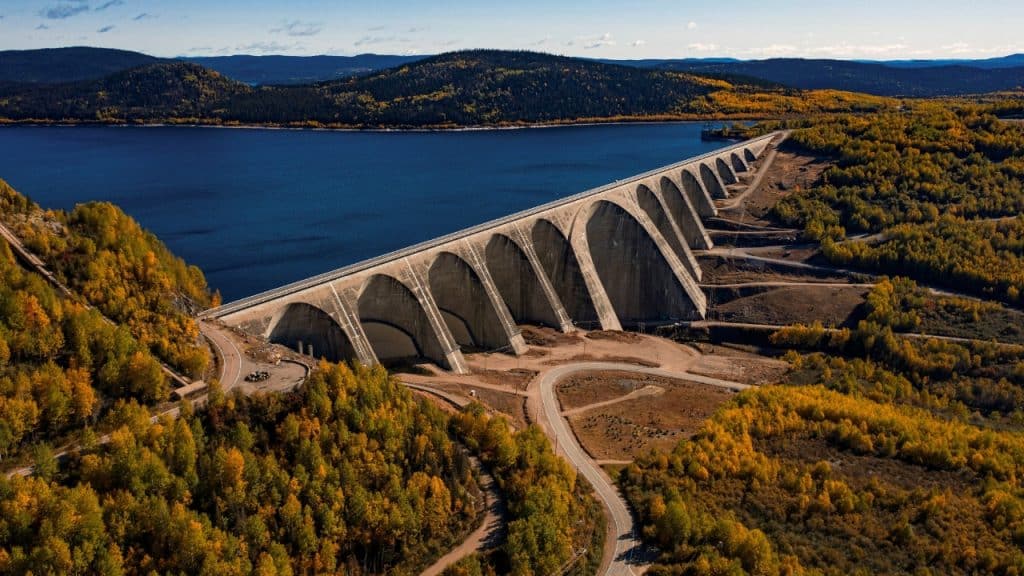
Hydro-Québec provides electricity to New England and the New York Power Authority. One of Quebec’s biggest exports is electricity provided by hydroelectricity dams located on the North Shore of Quebec Maritime. Quebec powers much of the Eastern seaboard.
11. Traditional French Canadian Food
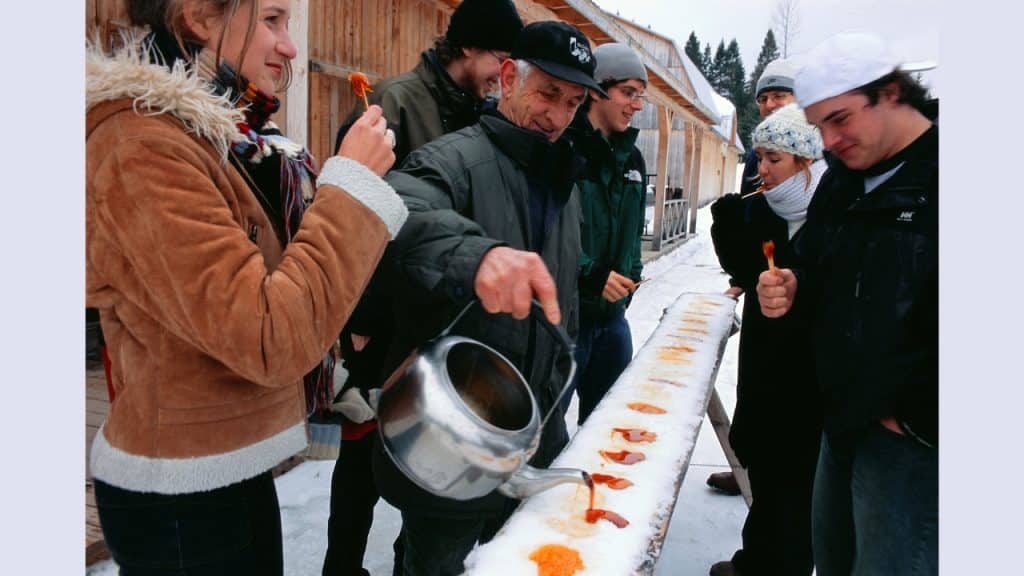
Traditonal Quebec cuisine is focused on comfort food, maple syrup and sweet sweets. Québec is home to many unique dishes and is most famous for its poutine, tourtières, pâté chinois, soupe aux pois (split-pea soup), fèves au lard (baked beans), cretons (pork based pate) and desserts such as grands-pères au sirop d’érable (sweet dough balls covered in maple syrup), tire sur la neige (maple taffy) and Tarte au sucre (sugar pie).
12. Fatbikes and Winter Camping are a thing in Quebec
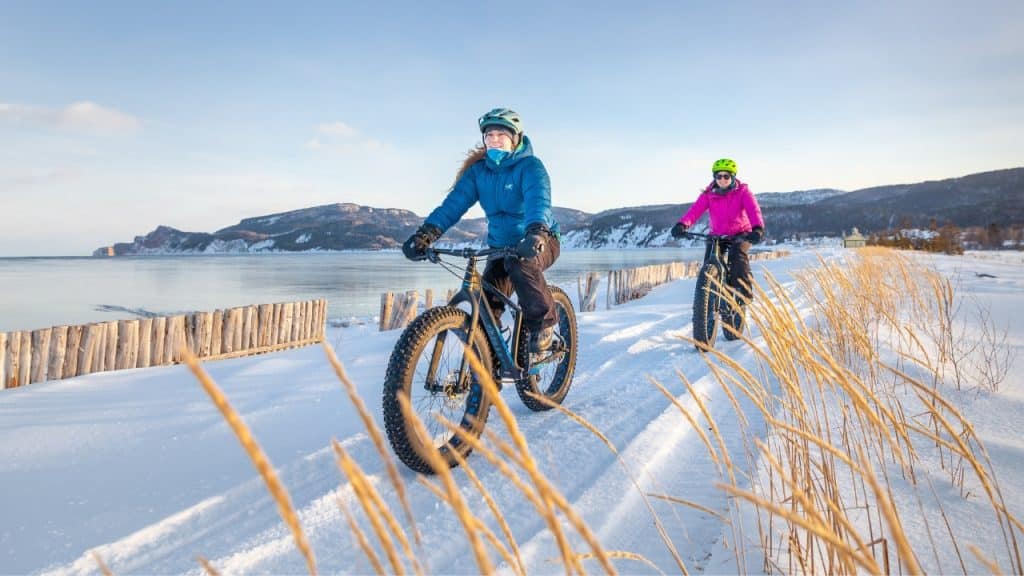
For the Québécois, winter is not just a season; it’s a way of life in which every opportunity is taken to enjoy the outdoors. Even in Old Quebec City, you can enjoy a guided tour on a fat bike. Touring Old Town and taking a bike path by the St. Charles River was very exciting, even if it was 10 degrees F (-12C). They suit you up in all the necessary gear from boots to toque.
In Quebec by the Sea (Maritime Quebec) the Chic-Choc Mountains provided plenty of winter activities, including downhill and cross-country skiing, tubing, snowshoeing, ice climbing, ice fishing, skating, snowmobiling, dog-sledding, and winter camping.
More about Quebec City and Quebec Maritime
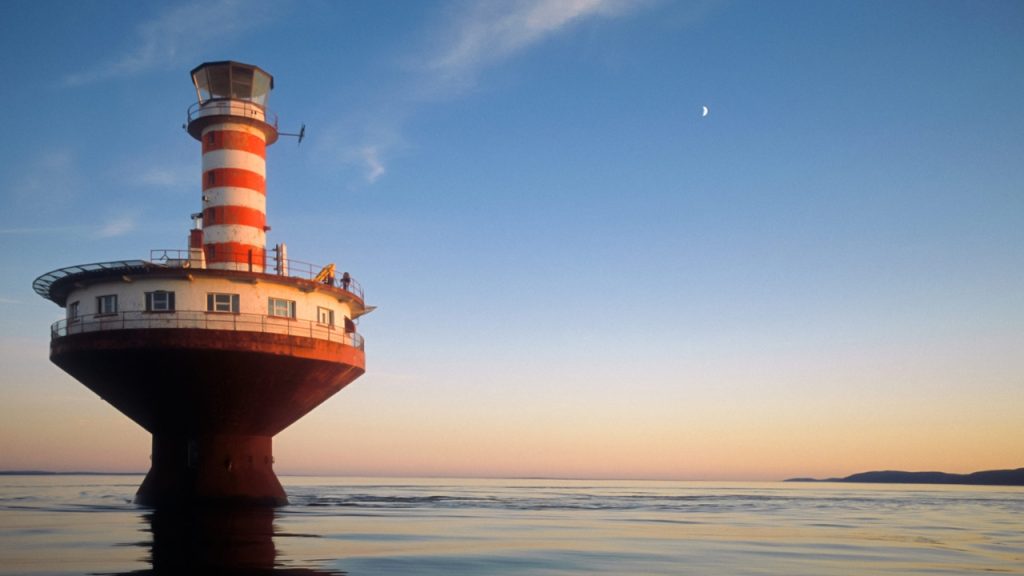
- Quebec by The Sea: 25 EPIC Things to Do in Canada’s French Province
- Ultimate Guide to Whale Watching in Tadoussac, Quebec – Saguenay-St. Lawrence Marine Park
- 10+ Quirky & Unique Accommodations in Quebec Maritime
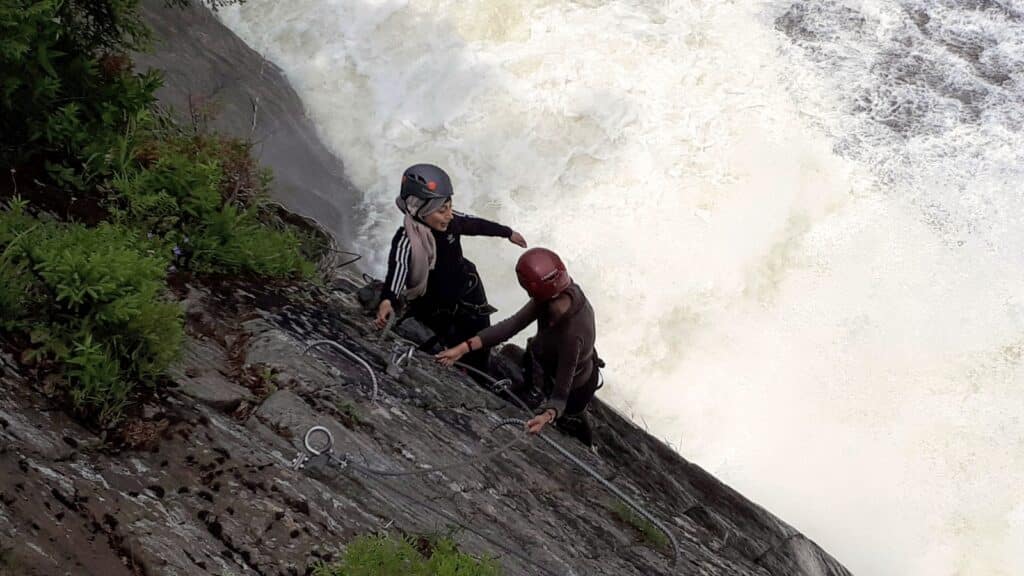
- What to do at the Quebec Carnival in 2024
- Delicious Traditions for Christmas in Quebec Maritime – Réveillon de Noël
- 13 Via Ferrata in Quebec – Follow the Route to Adventure
Margarita Ibbott is a travel and lifestyle blogger. She blogs about travel in Canada, the United States and Europe giving practical advice through restaurant, hotel and attraction reviews. She writes for DownshiftingPRO.com and other online media outlets.
